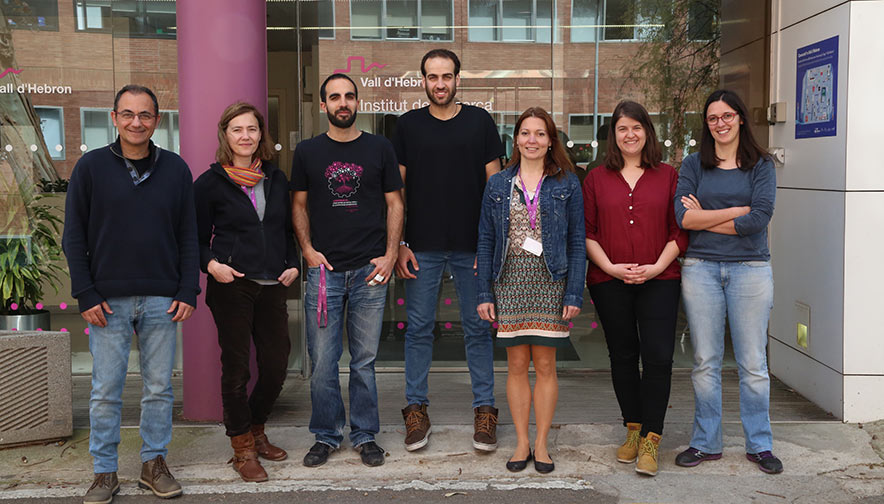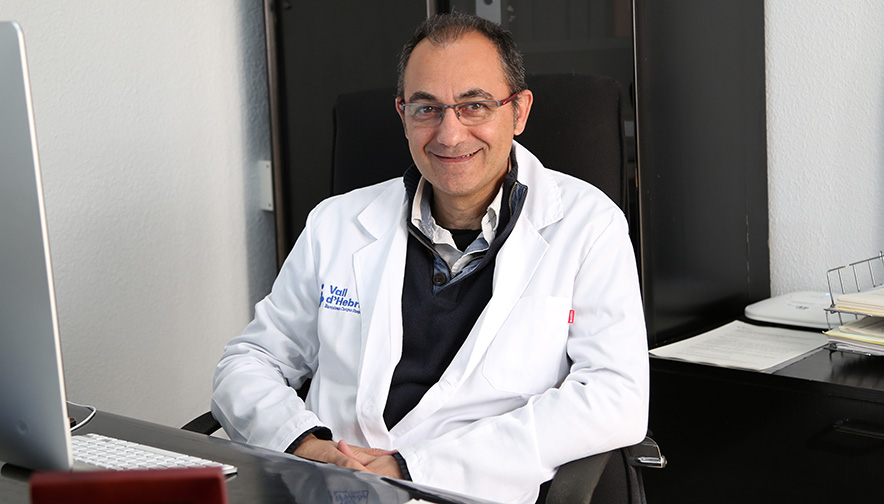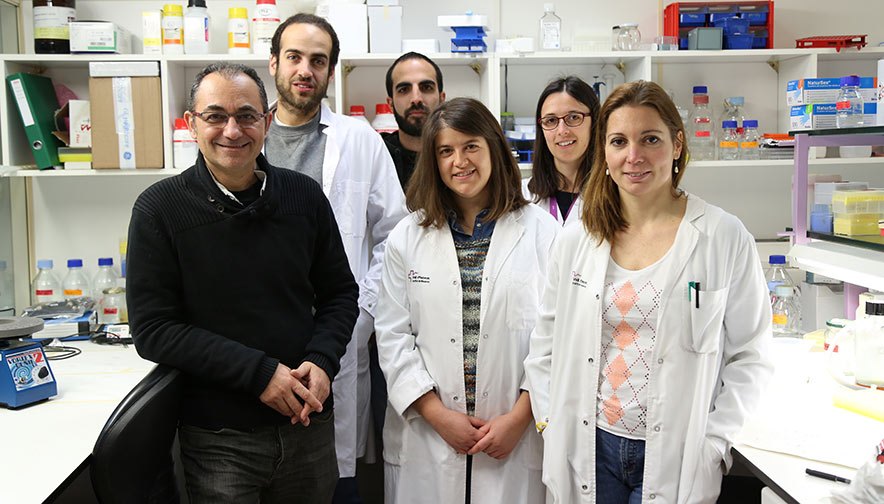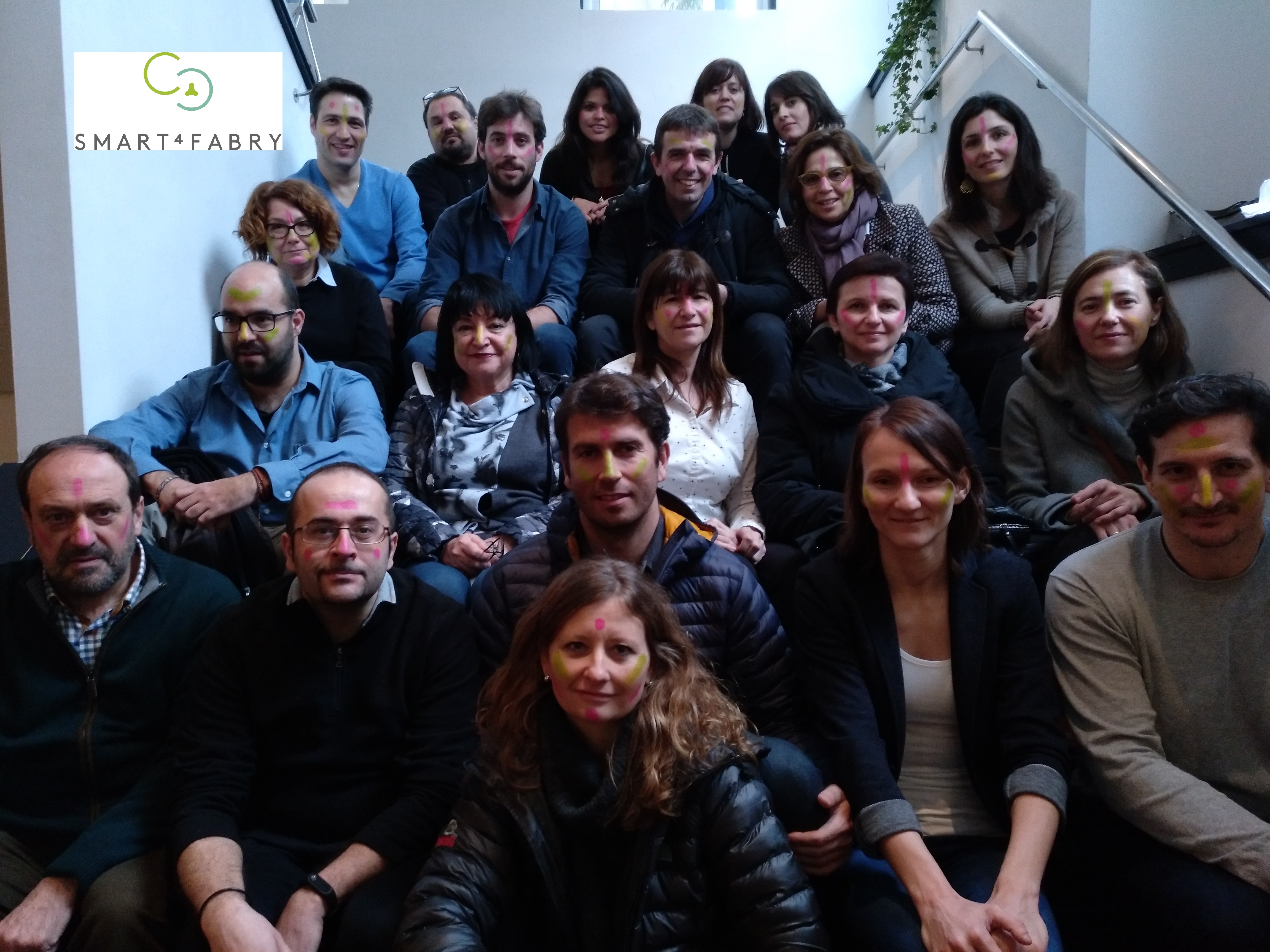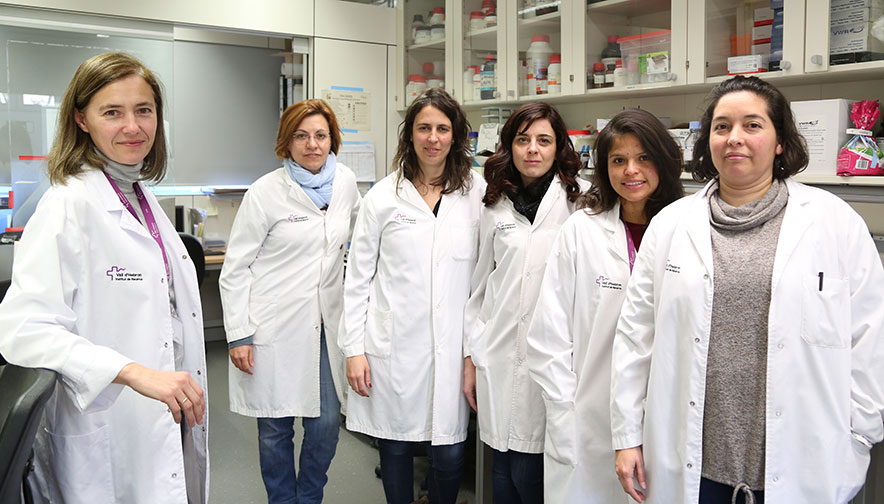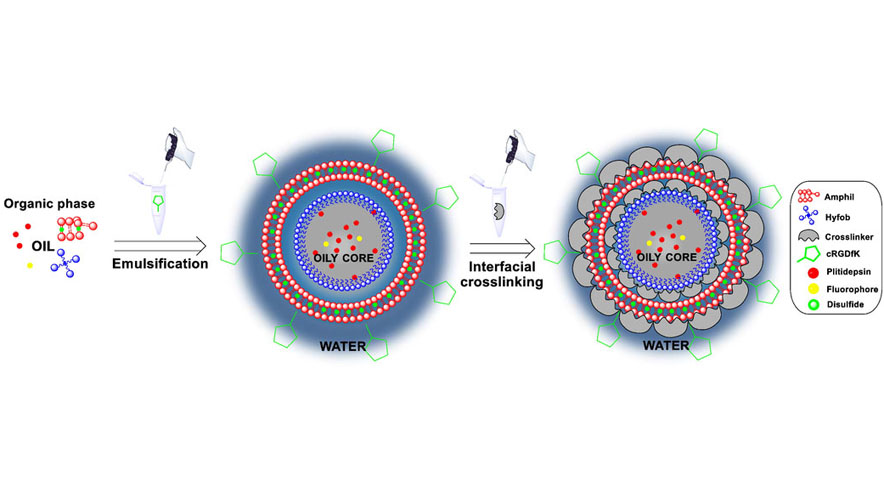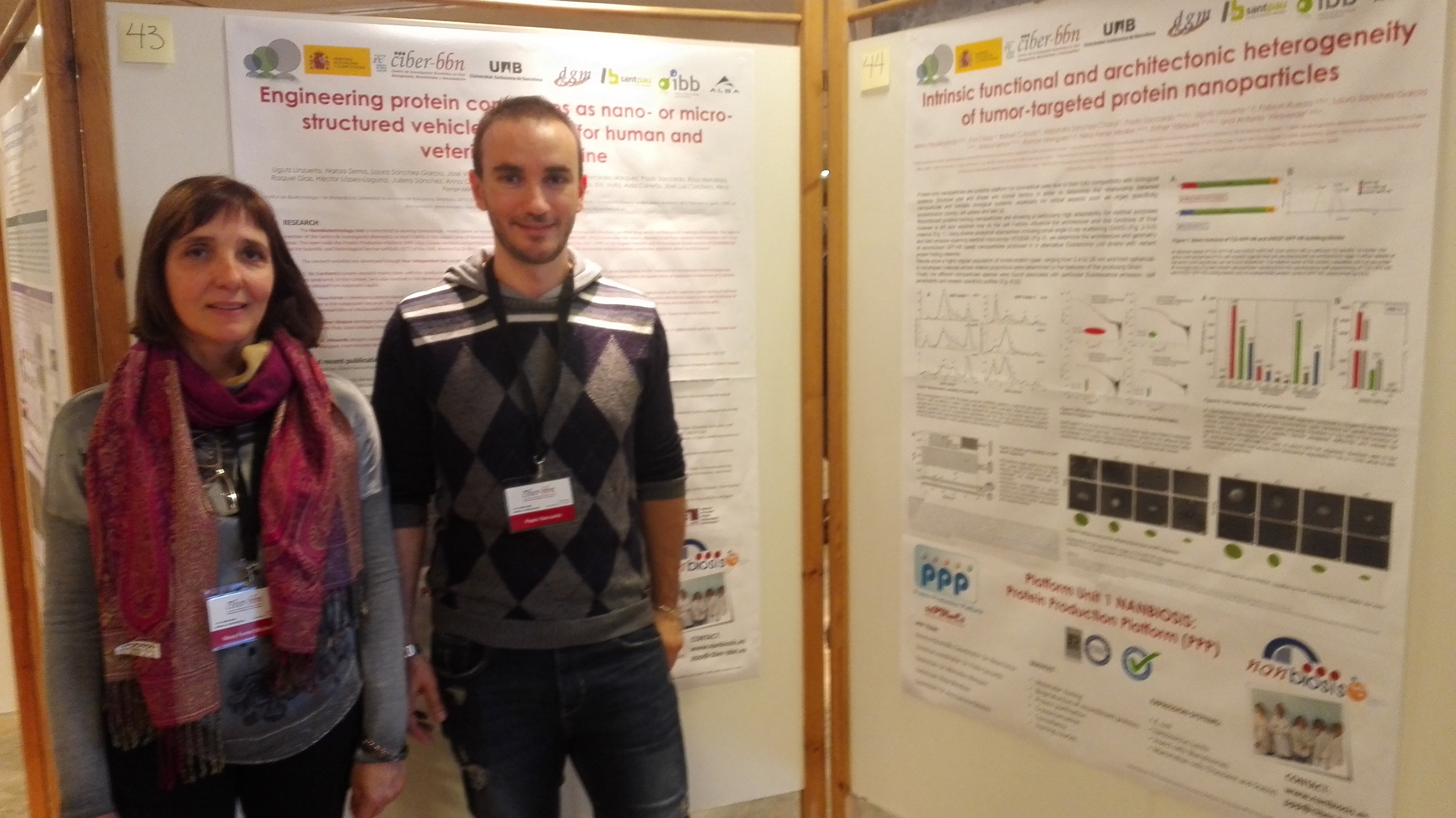Agreements signed with MINECO for the allocation of FEDER funds for NANBIOSIS ICTS
In the framework of the FEDER Program in ICTS 2014-2020, several projects related to the ICTS NANBIOSIS have been selected by the MINECO for co-financing with FEDER funds of the European Regional Development Funds program.
An agreement has been signed between MINECO and CIBER (partner of NANBIOSIS for the co-financing of the Project: “Purchase, installation and set-up of production and characterization equipment to complement the Units: U3-Synthesis of Peptides Unit, U18-Nanotoxicology and U20- In Vivo Experimental Platform”. The total budget of the project amounts to € 307,566.16, with 50% financing with FEDER Funds.
Also CSIC (The State Agency Superior Council of Scientific Investigations), institution that houses some of the NANBIOSIS units, as distributed ICTS, has signed an agreement with MINECO for the co-financing of the Project: “Purchase and installation and set-up of equipment and production and characterization laboratories to complement the units U2-Production of antibodies, U4-Biodeposition and biosensing, U6-Processing of biomaterials and U8-Micro, nanotechnology. The total budget of the project amounts to € 312.800,00 €, with 50% financing with FEDER Funds.
These two projects aim to increase the quantity and quality of the services offered by th implied units, with the objetive of positioning them as national and international benchmark in their respective fields of application. As a consequence, an increase in the performance (number of services and number of users) of each unit is expected, especially from companies (pharmaceutical and small biotechnology).
CSIC and CIBER are processing the necessary contracting procedures for the execution of these projects.











